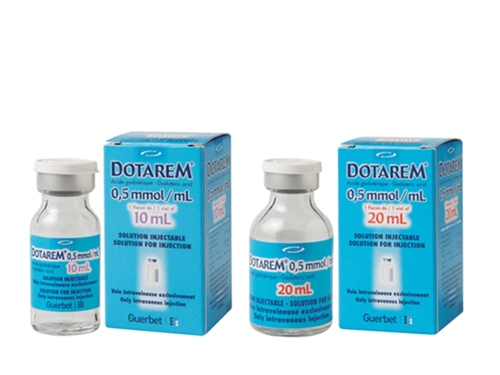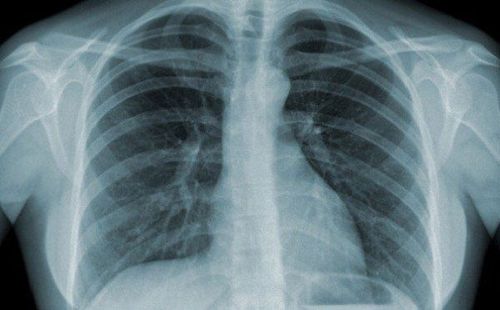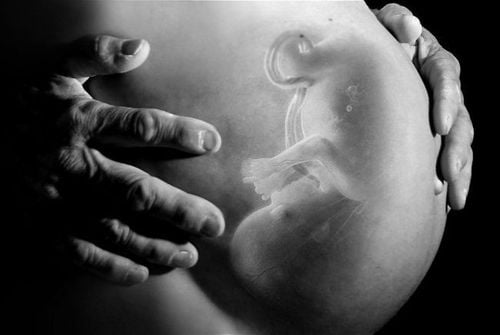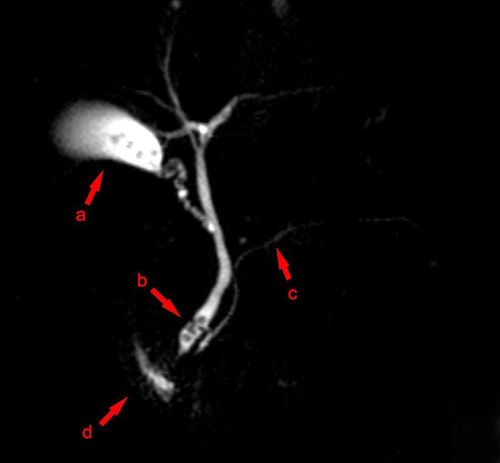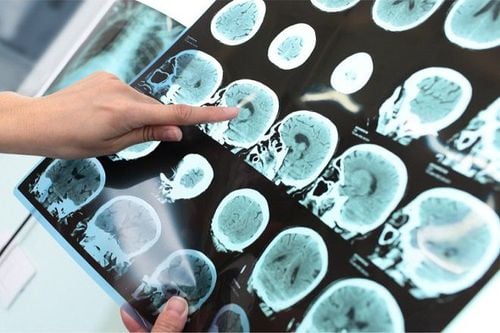This is an automatically translated article.
The article is professionally consulted by Dr. Nguyen Dinh Hung - Diagnostic Imaging - Department of Diagnostic Imaging - Vinmec Hai Phong International General Hospital.
Magnetic resonance imaging (MRI) and computed tomography (CT) are two common imaging methods worldwide. The strengths of both these methods have supported specialized doctors in making accurate disease diagnoses. So what is the difference between MRI and CT?
1. MRI scan
Magnetic resonance imaging is one of the most common laboratory indications in the world. MRI uses strong magnetic waves to create detailed images of tissues and organs in the body. Since its invention, MRI technology has been continuously improved to improve image quality to better serve the diagnosis and treatment process.
An MRI uses a large magnet to generate a magnetic field, combined with pulses of radio frequency, and a screen to show cross-sectional images of tissues and organs in the body. The machine itself is structured as a large tube with two ends and a table that can be moved along the axis of the machine.
The development of MRI marks a big milestone for modern medicine, doctors, specialists, researchers can examine the internal structures of the body in detail without the need for surgery.
Some important diagnostic applications of MRI include:
Abnormalities of the brain and spinal cord; Tumors in different parts of the body;

Chụp MRi có vai trò tầm soát ung thư vú cho những phụ nữ có nguy cơ mắc cao
Breast cancer screening for women at high risk; Injuries or abnormalities of joints, back pain, knee pain...; Cardiovascular diseases; Diseases of the liver and other abdominal organs; Evaluation of pelvic pain in women with several causes including uterine fibroids, endometriosis...; Suspected uterine malformation in women. In fact, this is not all that MRI can bring to the field of medicine, but they are always being developed, expanding the scope of activities and ways of use.
You may not know:
MRI is a painless and non-invasive technique; Raymond Damadian created the first magnetic resonance imaging machine and he named it “Indomitable”; The cost of an MRI machine ranges from 150,000 to several million US dollars; Japan is the country with the most MRI machines, per capita with about 48 machines for every 100,000 people.
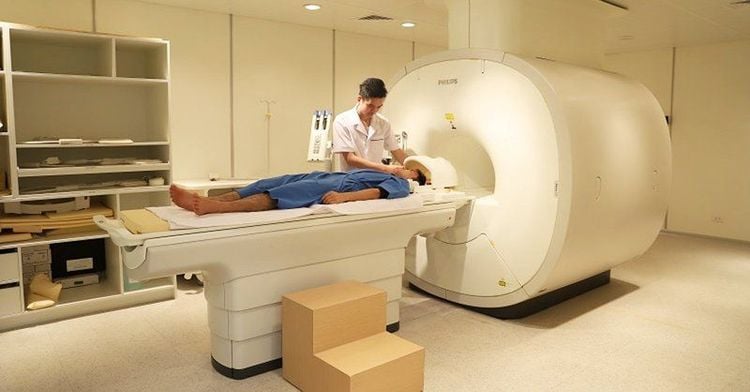
Chụp MRI là kỹ thuật không gây đau và không xâm lấn
2. Computed tomography (CT)
Computerized tomography also known as CT scan or CAT scan uses a computer and an X-ray machine to create cross-sectional images of the body. These images provide more detailed information than conventional X-ray images. They can show soft tissues, blood vessels and bones in different parts of the body.
CT scan can be used to describe a number of organs such as:
Head: includes skull and brain Shoulders; Backbone; Heart; Belly; Knee; Chest. During the scan, the patient is placed in a tube-shaped machine, an X-ray beam will shine on the body from different angles to help capture images that are slices or cross-sections of the body. They can also be combined to create a 3-D image of a body part.
Computed tomography has many uses, but is especially suitable in diagnosing diseases and assessing the status of lesions. CT imaging can help doctors in:
Diagnosing infections, muscle disorders or fractures; Locate abnormal tumors; The study of blood vessels;
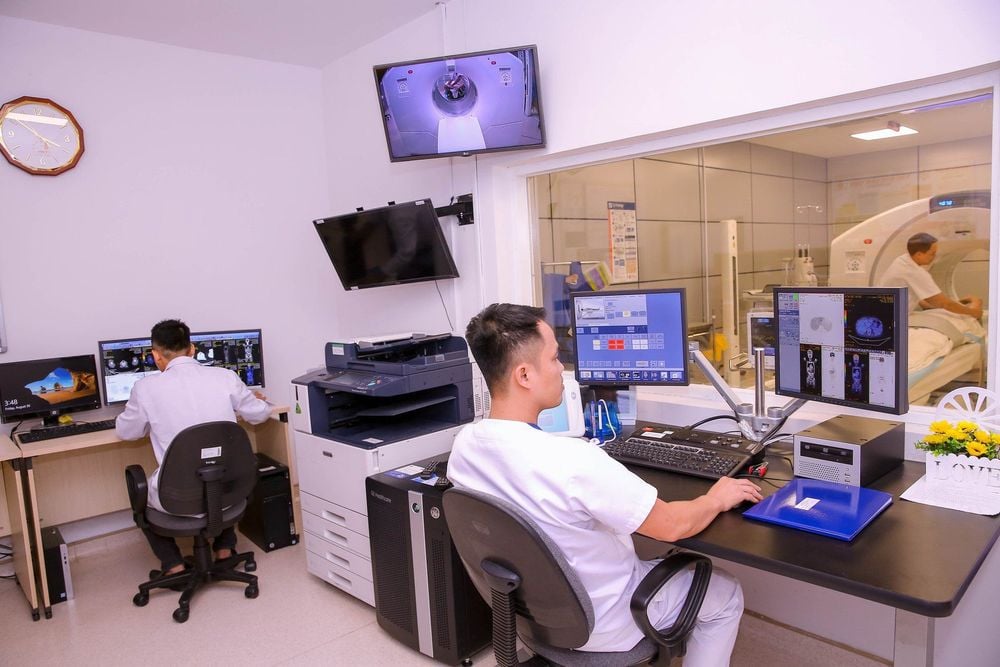
Chụp cắt lớp vi tính giúp bác sĩ xác định vị trí các khối u bất thường
Assess the extent of trauma and internal bleeding; Instructing certain procedures such as surgery or biopsies; Monitor the effectiveness of treatments for certain diseases such as cancer or heart disease. CT scans are relatively easy to perform and give quick results. The top risk, especially in the case of too many CT scans or X-rays, is the possibility of cancer from exposure to X-ray radiation, especially in children.
In addition, some patients may also experience an allergic reaction to contrast. In extreme cases, they may have to use allergy medication or steroids to control allergies.
For pregnant mothers, doctors will often order other tests such as ultrasound or MRI to minimize the risk for both mother and baby.
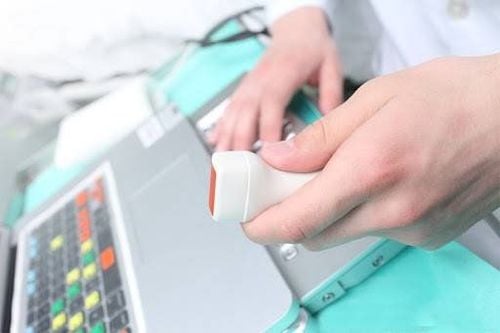
Phương pháp siêu âm sẽ được thay thế chụp MRI đối với phụ nữ mang thai
3. Comparison between magnetic resonance imaging (MRI) and computed tomography (CT)
Computed tomography and magnetic resonance imaging are both diagnostic techniques that use images taken in the patient's body.
The biggest difference is that MRI uses magnetic waves and CT uses X-rays. Although both are relatively low-risk, some of the following differences can be the basis for doctors to order: which method to use.
In fact, CT is often used widely and is less expensive than MRI. However, MRI gives superior image quality and the most remarkable point is that MRI does not use radiation that is harmful to the body.
Both of the above methods can cause a number of health effects including:
Risks of CT scans:
May harm the unborn baby; Whether more or less CT also contains a certain amount of radiation; Irritating to people who are allergic to contrast. Risks of MRI:
Magnetic fields generated by magnetic resonance imaging can cause metal support devices in the patient's body to fail; Noise from the MRI machine is often very loud and can affect hearing; Causes mild convulsions due to nerve stimulation. However, the condition is not usually dangerous; It is easy to cause discomfort during the shooting process, especially for those with claustrophobia.
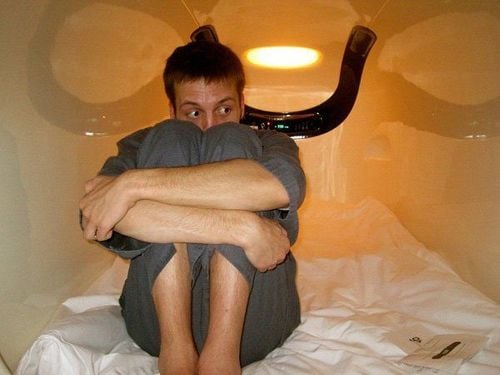
Chụp CT và chụp MRi đều gây ra cảm giác khó chịu với những người mắc hội chứng sợ không gian kín
Magnetic resonance imaging and tomography are currently two of the most commonly used imaging methods in the world. It will be difficult to answer the question of which MRI or CT scan is better? CT will give faster results as well as lower cost in case of bone related lesions while MRI can provide clearer and more accurate images especially in diagnosing abnormal tissues. also do not use harmful radiation rays. However, the time and cost of MRI is often much larger than CT. Therefore, the choice of technique will be decided by the treating doctor depending on the different conditions of the patient.
Vinmec International General Hospital is currently one of the major hospitals with modern machinery and equipment for general medical examination and treatment procedures and accurate and modern MRI for brain and vascular diseases. brain blood in particular.
Especially, Vinmec International General Hospital is the first unit in Southeast Asia to put into use the new 3.0 Tesla Silent Resonance Imaging machine from the US manufacturer GE Healthcare.
The machine currently applies the safest and most accurate magnetic resonance imaging technology available today, without using X-rays, non-invasive. Silent technology is very beneficial for patients who are young children, the elderly, patients with weak health or have just had surgery.
Doctor Nguyen Dinh Hung has over 10 years of experience in the field of diagnostic imaging (Ultrasound, CT, MRI). Trained and practiced on hepatobiliary interventional radiology at Bach Mai Hospital (Intervention under ultrasound guidance, DSA, CT...) and deployed at the Diagnostic Imaging Department of Viet Tiep Hospital Hai Phong. Currently, he is a doctor at the Diagnostic Imaging Department of Vinmec Hai Phong International General Hospital.
To register for an examination at Vinmec International General Hospital, you can contact the nationwide Vinmec Health System Hotline, or register online HERE.
References: healthline.com, medicalnewstoday.com





